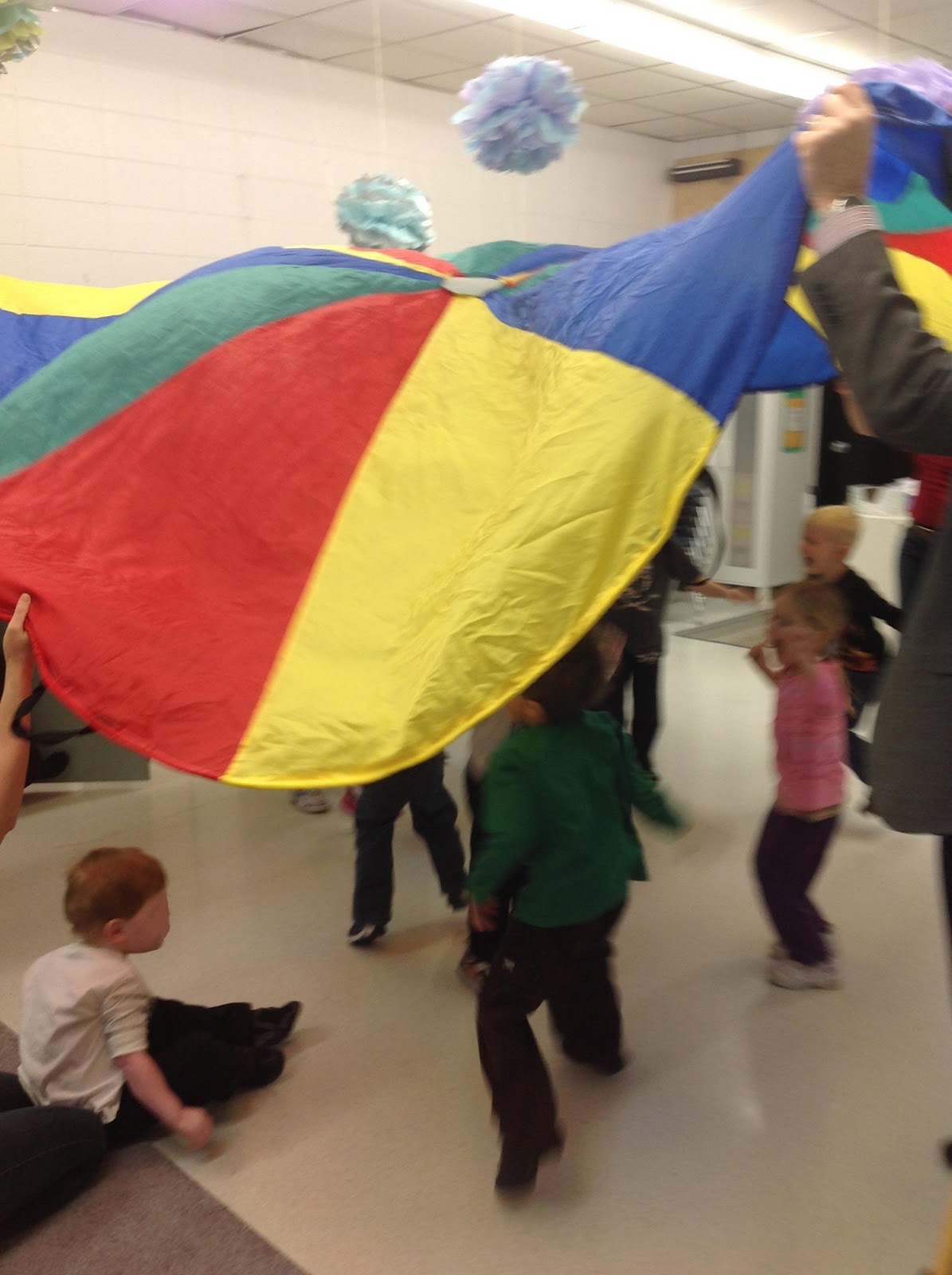This week I
introduced our first letter from Handwriting without Tears® .
We spent time over the months getting ready for the program by listening to the
CDs, playing with the tools and talking about all of the materials.
“Young children
have limited hand eye co ordination, fine motor control, small muscle
development, manual dexterity and visual acuity” (Schirrmacher, 2006). An important part of having children become successful
writers is supporting their development before their abilities to hold pencils,
create complex lines on paper and letter identification. Handwriting without Tears® is a
curriculum that supports children’s needs to learn to write as they become
strong at the pre printing skills. I believe it is a very strong program
when offered to the proper children at the proper times of their development.
Once your child is ready for this teacher guided program it really can help
them strengthen their abilities to write.
Before offering it to a child who is ready, I
really endorse concept and motor building. As I have mentioned and posted
before, children are better at writing letters when:
- They have strong fine motor skills from playing with small toys, tweezers, collecting beads or rocks, colouring with various mediums, and other experiences with finger strength practice
- They have strong relationship building with letters. I like to make sure the letters I attempt to convince children to do first, are letters that are in their environment. I do the letters in their names, their parent’s names or siblings’ names. I also try to create relevance through play. I post a lot of environmental print, and try to use the letters I have planned coming up during our circle time, through games, songs and activities
- If I see a child is not developmentally ready for writing letters outside of their name, I try to still encourage them to try our exercises, and use constructive feed back to create excitement for continuing to try. I don’t try to stress them out by making them do more than they are comfortable with, but still challenge their desire to try. Today and yesterday, I encouraged them all to try both of the letters - L and F. The ones who were ready to learn to write did both letters, where the others committed to one letter, and some even tried colouring the pictures. In my experience as time goes by they will commit more and we can try the letters they struggled with again.
Another way
to make Handwriting without tears a successful tool is to talk about it at
home. Encourage your child to try the letters in class, or even bring home a
copy to do with you. Use positive feed back to get them really excited about
participating during class time.
Try to use
the same language at home as we as educators use with the children. When
talking about letters, we use the same words:
Big line
Little line
Big curve
Little curve
You may also notice that Handwriting without Tears® uses capitals only at this developmental level. Various educators believe in various theories on how to teach children to write and what they need to know. Your best bet is to speak to your child about both styles. If they are learning to write their name in lowercase, that is okay. Challenge yourself to still use “little curve, little line” etc. We can always take time to talk about how you want your child to learn their name.
Another philosophy Handwriting without Tears® uses which is often different from common
strategy is the “dotted line” approach. With Handwriting without Tears® they use a light grey letter. It helps avoid
“connect the dots” in which children are just trying to make lines. It helps
the child make a simple smooth line to make letters.
I can not wait to continue offering children
access to printing these letters. I hope Handwriting without
Tears® works successfully for
your child.
Sincerly,
Ms
Asha
Reference:
Schirrmacher, R.
(2006). Art and creative development for young children. NY: Thomas
Delmar Learning.
.jpeg)
.jpeg)


































